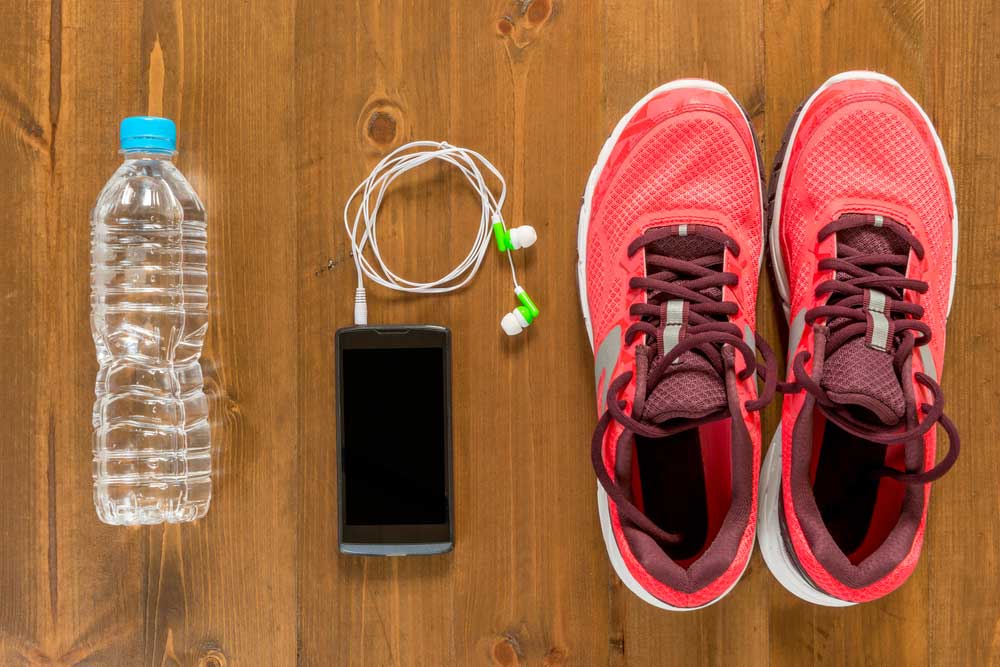Is Exercise Important for Vein Health.

Varicose veins and other vein conditions can cause significant discomfort and negatively impact one's quality of life. While there are various treatment options available, there are also preventative measures individuals can take to manage the symptoms associated with vein conditions. One of the most effective methods is regular exercise.
When it comes to vein conditions, exercise helps improve circulation, reducing the pressure and swelling that can exacerbate the symptoms. Regular physical activity can also help improve muscle tone and flexibility, which is particularly beneficial for individuals with varicose veins. In fact, studies have shown that individuals who regularly engage in physical activity are less likely to develop vein conditions than those who lead a sedentary lifestyle.
However, for some people with vein conditions, exercise can be a challenge. As their condition worsens, they may find it more and more difficult to be active, leading to a downward spiral of inactivity and worsening symptoms that comes with weight gain.
So what types of exercise are best for managing vein conditions?
Low-impact exercises, such as walking, swimming, and cycling, are particularly effective. These activities promote blood flow without excessive stress on the joints or muscles. Strength training exercises, such as weight lifting, can also be beneficial, as they help improve muscle tone and flexibility.
One of the key benefits of exercise is that it helps to promote circulation in the legs. When you walk or engage in other types of physical activity, your muscles contract and squeeze the blood out of your legs, pushing it back up into your circulation. This is especially true for the calf muscles, which are essential for maintaining healthy veins.
That's why it's important to maintain your activity level before you get to that point. Even simple movements like rocking your feet back and forth while sitting at your desk or standing at a workstation can help keep your circulation moving. If you're able to stand at a desk, use your toe-heel motion to activate your calf muscles. And if you can take a quick walk during your lunch break, that can also be beneficial. (see the video above for demonstrations)
It's also important to avoid high heels, which can be detrimental to your vein health. When you wear high heels, your calf muscles don't engage, and your circulation suffers as a result. Wearing compression stockings is another way to help alleviate symptoms and improve circulation.
Regular exercise is an essential component of managing vein conditions. It helps improve circulation, reduce swelling, and improve muscle tone and flexibility. Incorporating low-impact exercises into your daily routine and other lifestyle changes can help alleviate symptoms and improve your quality of life.


